In 1958, Portland became a sister city of Sapporo, Japan. This inspired Portland business leaders and public officials to create a Japanese garden in Portland. On June 4, 1962, the city council created a commission to establish the garden in Washington Park. The Japanese Garden is built into a forested hillside in Washington Park on land that was previously the site of Portland’s zoo until 1959. The garden was designed by Professor Takuma Tono of the Tokyo University of Agriculture. The garden was dedicated and design began in 1963; the garden opened to the public in 1967.
In a study conducted in 2013 by the Journal of Japanese Gardening, it was deemed the finest public Japanese garden in North America out of more than 300 such gardens surveyed by Japanese garden experts. The former Japanese ambassador to the U.S., Nobuo Matsunaga, said in 1988 that the garden was “the most beautiful and authentic Japanese garden in the world outside Japan.”
In April 2017, the Garden unveiled its Cultural Crossing expansion project. This $33.5 million expansion added 3.4 acres to the Garden. The addition included three new garden spaces and a Cultural Village, designed by world-renowned architect Kengo Kuma. The Village is home to the Jordan Schnitzer Japanese Arts Learning Center, the Garden House, and the Umami Cafe by Ajinomoto. The new space is used for additional educational and artistic programming and to make room for the 350,000 guests the Garden sees each year. In the Tateuchi courtyard, one can admire a 185-ft-long castle wall traditionally built by a 15th-generation Japanese master stonemason.
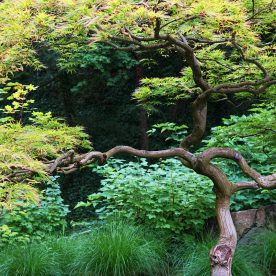
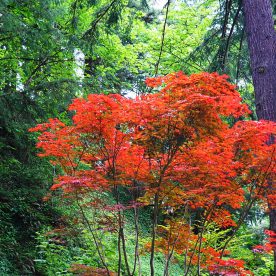
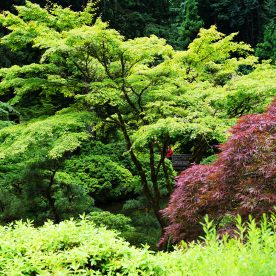
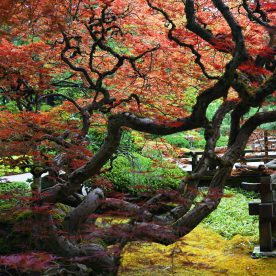
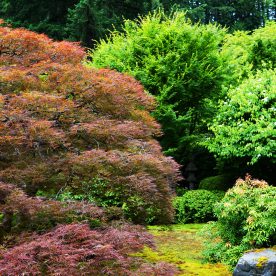

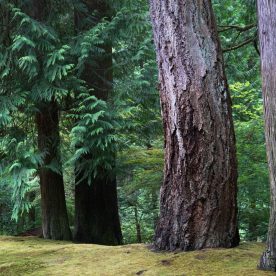
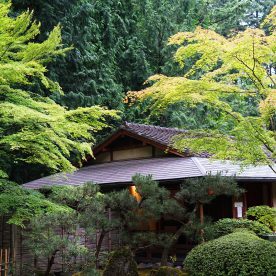
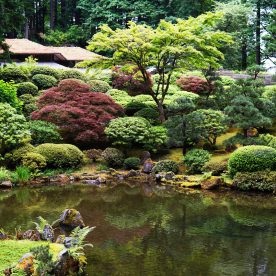
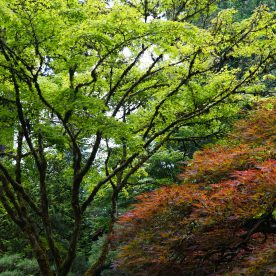
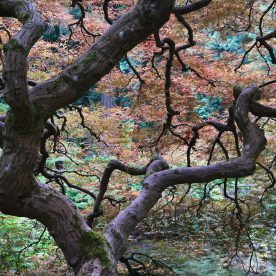
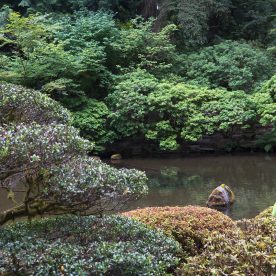
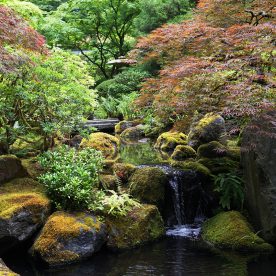
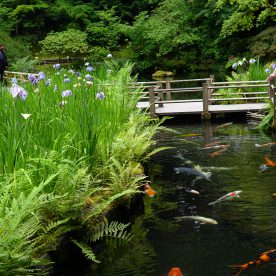
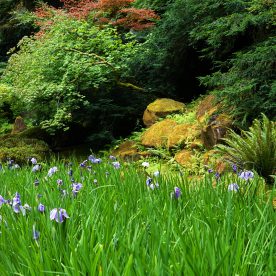
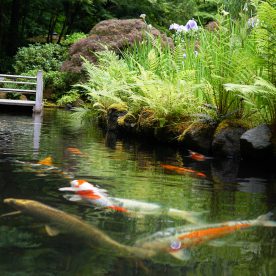
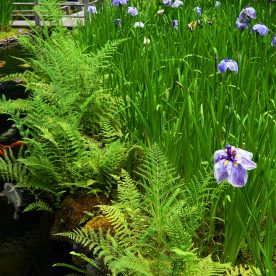
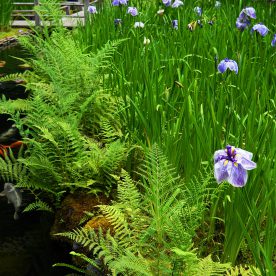
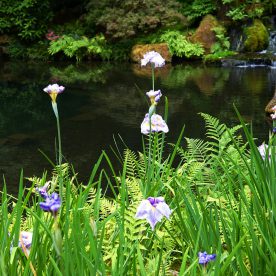
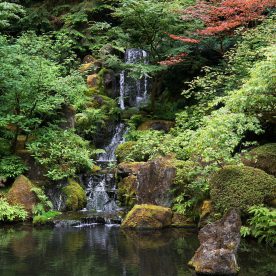
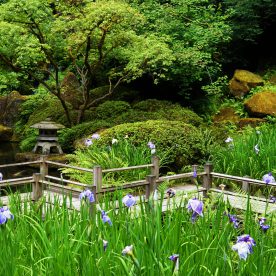
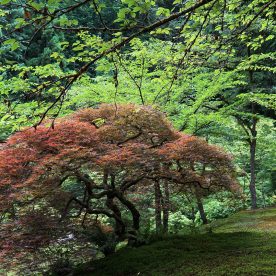
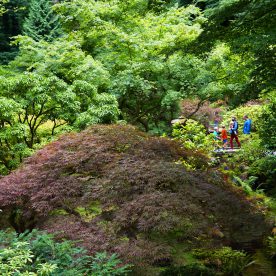
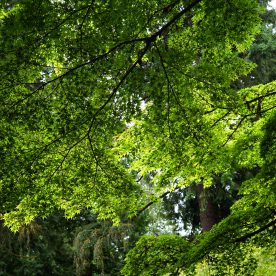
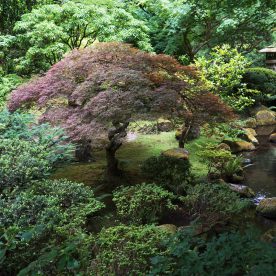
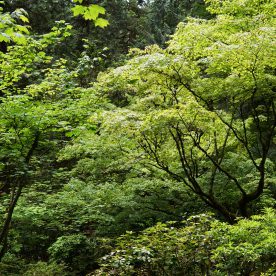
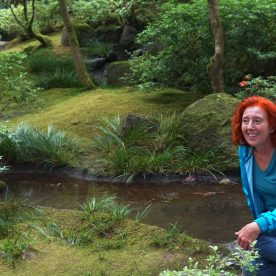
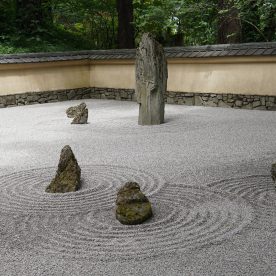
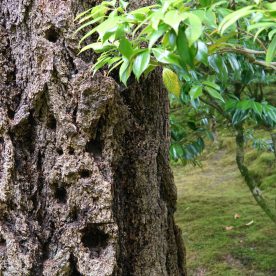
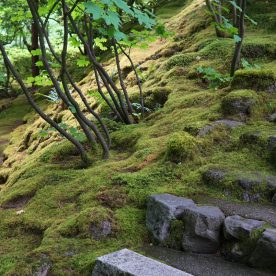
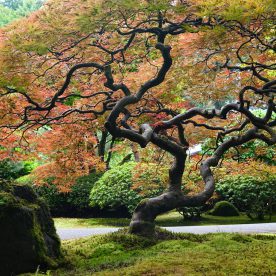
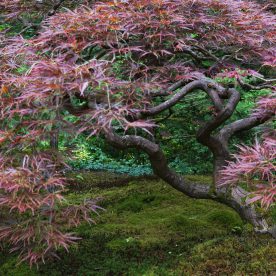
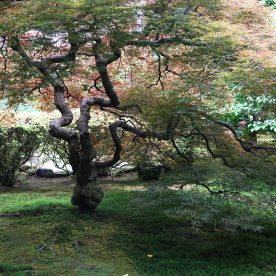
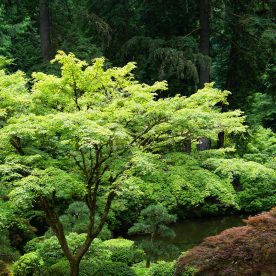
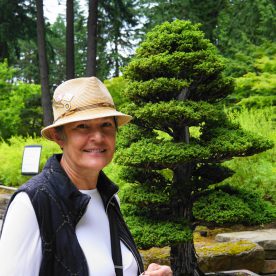
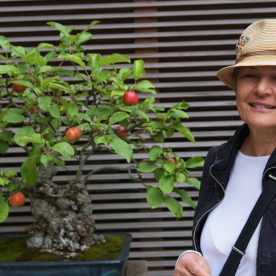
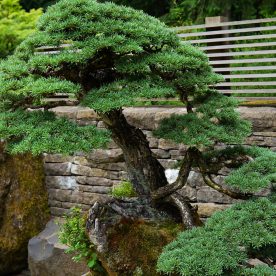
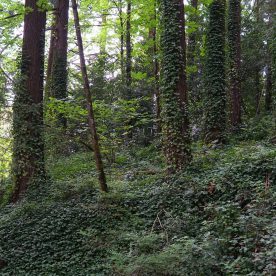
Одна красная розочка на берегу ручейка ! Смотрится хорошо !